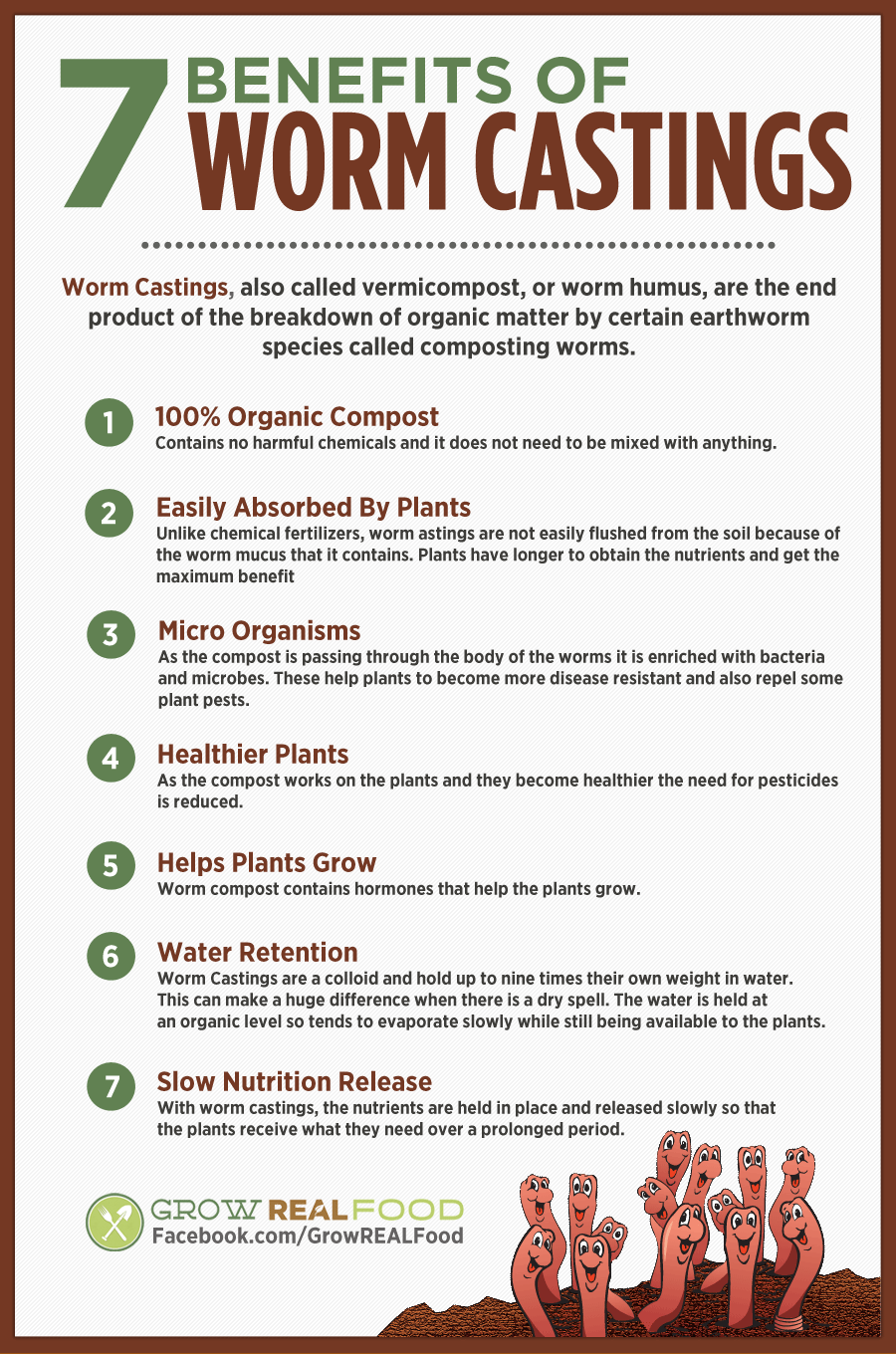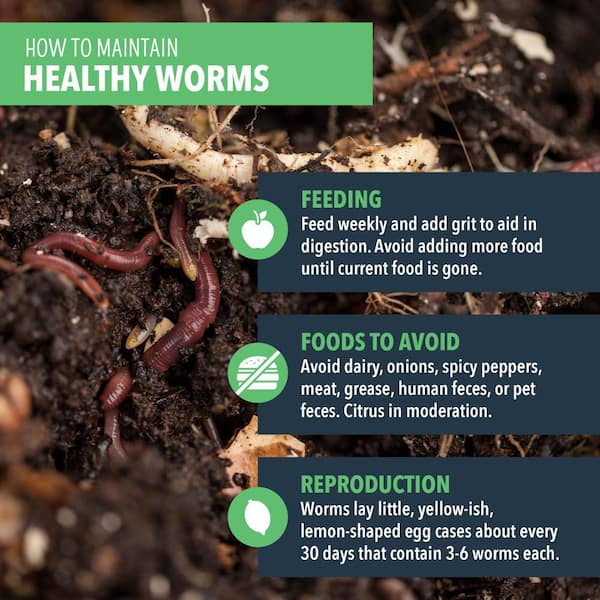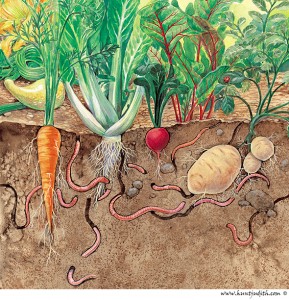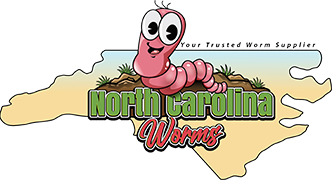Things about North Carolina Worms
Table of ContentsThe Greatest Guide To North Carolina WormsThe Basic Principles Of North Carolina Worms Get This Report on North Carolina WormsThe Main Principles Of North Carolina Worms
Instance: 1-gallon of worm spreadings to 4 gallons of potting mix. Do NOT use a potting mix that has chemical plant foods in it. Check out the labelit will certainly say. 1/2 cup in the base of the growing opening for smaller plants. 1 cup for larger plants. ie. tomatoes, eco-friendly peppers, summer season squash, and so forth.
The enhancement of tea can also include boosted microbial biomass to your dirt. You can always side-dress your plants with worm castings any time. Just bear in mind, the bacteria will pass away if exposed to UV rays (Sun), so make sure to cover the castings with an inch approximately of soil.
This frustrated them for many years until the testing techniques became much better. They found that plant development and health displayed a Normal curve. It would obtain better(with more spreadings), degree off, and then decrease. They were baffled. They lastly found that excess plant-growth hormones were the perpetrator. Way too many worm spreadings would speed up the development to a pace that the plant might not recoup from.
Not known Factual Statements About North Carolina Worms
Lots of herbicides service this exact same principle. 20% by quantity seems to be the "Sweet Spot". I have expounded the virtues of worm castings for about 2000 words. What about the other side of the coin? Absolutely nothing is excellent. Worm spreadings are no various. It requires time to develop high quality worm spreadings.
Worm spreadings certainly cost more than chemical plant foods. Worm castings are on the more affordable end of organic fertilizers. (50 gallons per year) It is a much tougher and extremely pricey financial investment to produce big amounts of worm castings.

Producing a healthy and balanced soil may be the greatest advantage of worm castings. We went over worm castings NPK and additionally the proper nutrient evaluation that ought to use to worm spreadings.
North Carolina Worms - Truths
We talked about some of the drawbacks connected with worm castings. I covered a lot of material in this short article.
The upright burrows are normally open, although the worms top the leading with deposit and excrement. The vertical burrows are really important factors of entry for quick water seepage right into the dirt, especially in no-till systems. Air-filled porosity is crucial in helping plant roots to flourish. Roots require oxygen for their growth, whereas they produce co2 that requires to leave the dirt.
Earthworms raise porosity by two devices: (1) by developing irreversible burrows, and (2) by enhancing soil gathering. Gathering is boosted by the mixing of dirt and raw material in the earthworms' digestive tracts. Lake Hickory Bait. These extremely stable accumulations are transferred by some earthworms in their burrows, and by others at the surface of the dirt


In an additional research, earthworms were estimated to eat 4 to 10 percent of the top 6 inches of the soil annually. Soil compaction reduces the porosity of the soil.
The Main Principles Of North Carolina Worms
Common earthworm populations can conveniently eat 2 loads of dry issue per acre annually, partly absorbing and blending it with soil. The significance of earthworms to blend surface area residue with dirt comes to be extremely clear in soils that do not have any kind of earthworms. The majority of our Pennsylvania dirts have at the very least some earthworms, and the effect of their complete absence, therefore, can not be kept in mind.
(https://www.whofish.org/Default.aspx?tabid=45&modid=379&action=detail&itemid=307005&rCode=24)In these soils, the formation of topsoil with sensible organic matter web content did not occur, resulting in poor crop development. As soon as the reason was established, the federal government of the Netherlands began a project to present earthworms. After the introduction of the earthworms, a dark topsoil layer was formed, and plant growth boosted significantly.
They live mostly from partly decayed raw material that is already integrated in the dirt. They consume their method with the soil, creating horizontal burrows that they full of their excrement. These varieties consume big amounts of soil that they mix with absorbed crop residue in their guts. or anecic varieties stay in irreversible upright burrows that can be 5 or 6 feet deep.
These species ingest significant amounts of dirt that they mix with absorbed residue in their digestive tracts. Their excrement is mostly deposited at the surface area of the soil.